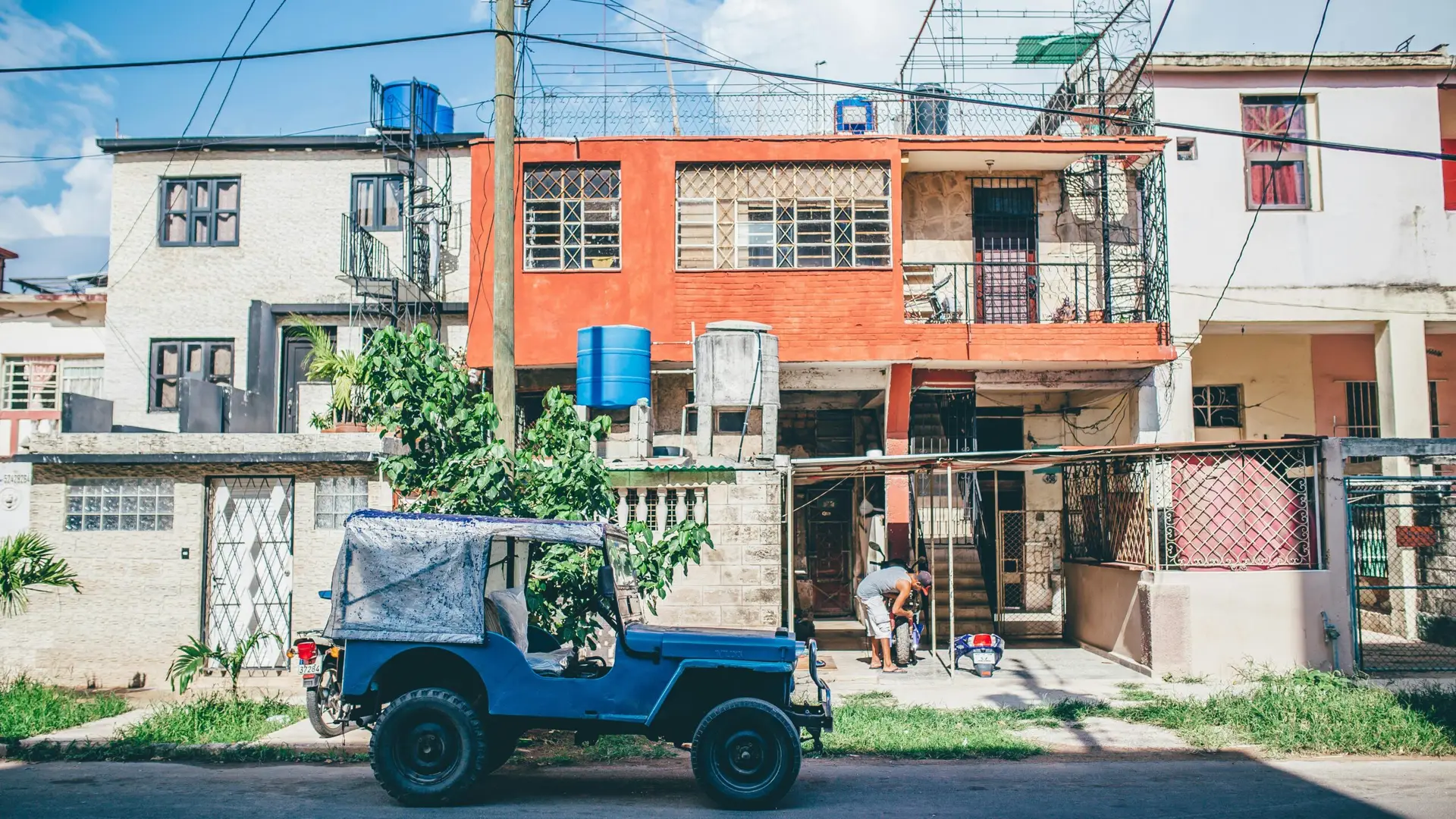
Cuba
Cuba is a fascinating Caribbean Island nation known for its vibrant culture, rich history, stunning landscapes, and unique charm. Here’s a comprehensive travel description highlighting the top tourist places to visit:
Havana (La Habana)
- Old Havana (Habana Vieja): A UNESCO World Heritage Site, Old Havana is full of colonial architecture, cobblestone streets, and historical landmarks. Visit Plaza de la Catedral, Plaza Vieja, and the iconic Malecón waterfront promenade.
- El Capitolio: A grand neoclassical building resembling the U.S. Capitol, it’s one of Havana’s most prominent landmarks.
- Fusterlandia: A whimsical, mosaic-covered neighbourhood created by artist José Fuster, often called the “Picasso of the Caribbean.”
- Hemingway’s Home (Finca Vigía): The former home of Ernest Hemingway, where you can learn about his life in Cuba.
- Museo Nacional de Bellas Artes: The National Museum of Fine Arts showcases Cuba’s impressive art collection.
Varadero
- A popular beach resort town on the northern coast, Varadero offers stunning white-sand beaches, crystal-clear waters, and luxurious all-inclusive resorts.
- Explore the Varadero Ecological Park and enjoy water activities like snorkelling and scuba diving at the Coral Beach.
- Visit the Cueva de Saturno, an underground cave with a freshwater pool ideal for swimming and diving.
Viñales
- A scenic rural town located in the Viñales Valley, famous for its tobacco fields, limestone mountains (mogotes), and traditional Cuban farms.
- Go hiking or horseback riding through the stunning landscapes, visit the Cueva del Indio (a cave you can explore by boat), and experience authentic Cuban agriculture by visiting a tobacco farm.
Trinidad
- A perfectly preserved colonial town and UNESCO World Heritage Site, Trinidad offers colourful streets, museums, and plazas that transport visitors back in time.
- Visit Plaza Mayor, the heart of the town, and explore museums like the Museo Romántico and Palacio Cantero.
- Valle de los Ingenios (Valley of the Sugar Mills) offers a glimpse into Cuba’s sugar production history.
- Just outside the town, relax on the beautiful beaches of Playa Ancón.
Cienfuegos
- Known as the “Pearl of the South,” Cienfuegos is famous for its French-influenced architecture and coastal charm.
- Parque José Martí is the city’s central square, surrounded by historic buildings like the Palacio de Valle and the Teatro Tomás Terry.
- Take a boat ride to the nearby Cayo Carenas or visit the Jagua Fortress.
Santiago de Cuba
- The second-largest city in Cuba, Santiago de Cuba is known for its Afro-Cuban culture, vibrant music scene, and revolutionary history.
- Visit Castillo de San Pedro de la Roca, a fortress overlooking the bay and a UNESCO World Heritage Site.
- Explore the Moncada Barracks, where Fidel Castro launched his first attempt at revolution, now a museum.
- Experience lively music and dance at Casa de la Trova, the birthplace of Cuban son music.
Cayo Coco & Cayo Guillermo
- Located in the Jardines del Rey archipelago, these cays are known for their pristine beaches and clear turquoise waters. They are perfect for a relaxing beach getaway, snorkelling, and diving.
- Cayo Coco has a beautiful coral reef, while Cayo Guillermo is known for its vast sand dunes and kitesurfing opportunities.
Baracoa
- Located in the far eastern part of Cuba, Baracoa is the oldest Spanish settlement on the island, known for its lush tropical surroundings and laid-back atmosphere.
- Hike the scenic El Yunque mountain, visit the Cueva del Paraíso (Paradise Cave), and enjoy a day at Playa Maguana, a picturesque beach.
- Explore Humboldt National Park, a UNESCO World Heritage Site with incredible biodiversity.
Santa Clara
- A historic city associated with the Cuban Revolution, Santa Clara is where Che Guevara’s troops famously derailed a train, marking a turning point in the revolution.
- Visit the Che Guevara Mausoleum and Museum to learn more about his life and legacy.
- The city has a vibrant arts scene and a youthful energy due to its large student population.
Camagüey
- Known for its maze-like streets and beautifully restored colonial architecture, Camagüey offers a more relaxed pace and less touristy atmosphere.
- Explore the historical centre, which is a UNESCO World Heritage Site, and visit the Plaza San Juan de Dios.
- The city is also famous for its large earthenware jars called tinajones, scattered throughout the town.
Guantánamo
- Known for the U.S. naval base nearby, Guantánamo also has rich cultural traditions and music influenced by its Afro-Haitian heritage.
- Visit the La Tumba Francesa Pompadour dance group or explore the lush Alejandro de Humboldt National Park.
Isla de la Juventud
- The second-largest Cuban island, Isla de la Juventud is known for its history as a pirate haven and later, as the site of a notorious prison.
- Explore the stunning beaches of Playa Paraíso and Playa Bibijagua, or dive in the Punta Francés Marine National Park.
Additional Tips:
- Best Time to Visit: November to April (dry season).
- Currency: Cuba has two currencies—CUP (Cuban Peso) and MLC (freely convertible currency). Tourists primarily use the MLC or foreign currency.
- Transportation: Cuba has a good network of buses, but renting a car or taking taxis may offer more flexibility.
Cuba is a destination where history, culture, and natural beauty come together to offer an unforgettable travel experience. Whether you’re exploring colonial towns, relaxing on white-sand beaches, or immersing yourself in Cuban music and dance, the island has something for every traveller.

